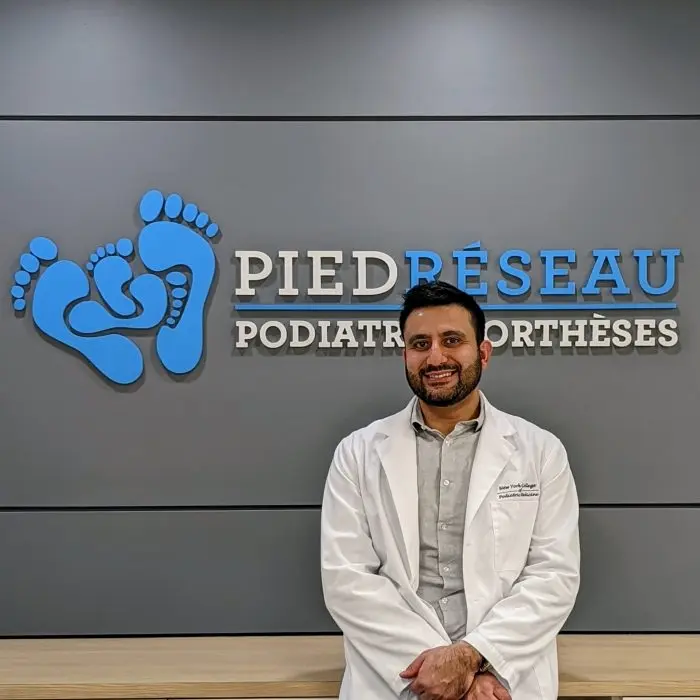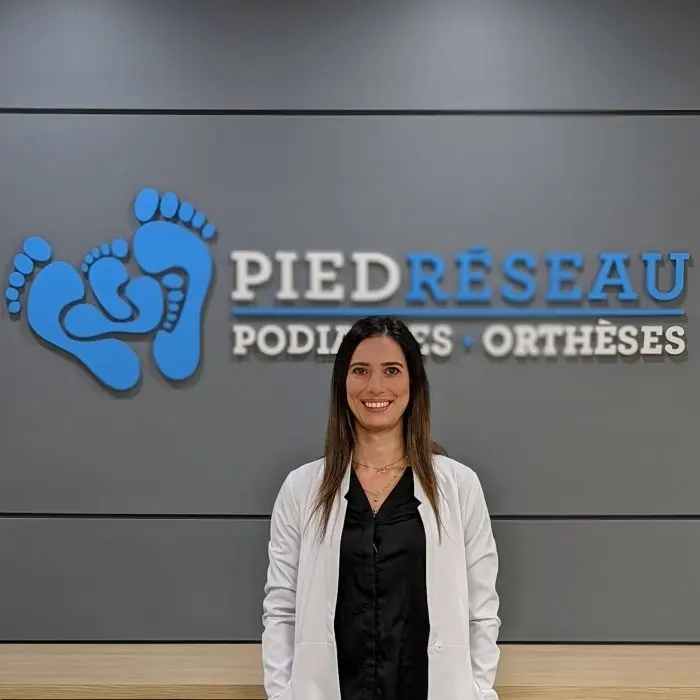PiedRéseau Gatineau
195 Boulevard Gréber, suite 101,
Gatineau, Quebec J8T 3R1
directions
1-819 307-1515 Toll free
Monday
9:00 - 18:00
Tuesday
8:00 - 18:00
Wednesday
8:00 - 16:00
Thursday
8:00 - 15:00
Friday
8:00 - 13:00
Frequent problems
Treatments provided
- Plantar orthotics: types, benefits, and adaptation tips
- Cortisone injections
- Foot care – Nails, corns and calluses treatment
- Evaluating Children’s Feet
- Biomechanical exam : symptoms and treatments
- Foot ultrasound imaging
- Ultrasound guided injection
- ShockWave therapy : therapeutic benefits and treatment
- Nail culture : importance, advantages and procedure
- Therapeutic foot taping
- Manual foot therapy : personalized treatment plan
- Ultrasound treatment
- Podopediatrics treatments
- Stress fracture in the foot
- Treatment for excessive foot sweating
Responsible for personal information/confidentiality: Antoun Hajj (819) 307-1515
Request an appointment at the clinic
Leave us your contact details and availability and we will contact you to make an appointment.
Please note that if you are seeking podiatry services following a work-related accident (CNESST) or a road accident (SAAQ), please contact us before your appointment to obtain more information about the reimbursement procedures.


